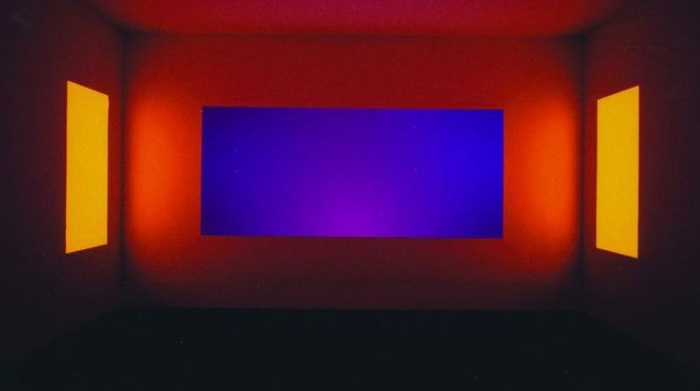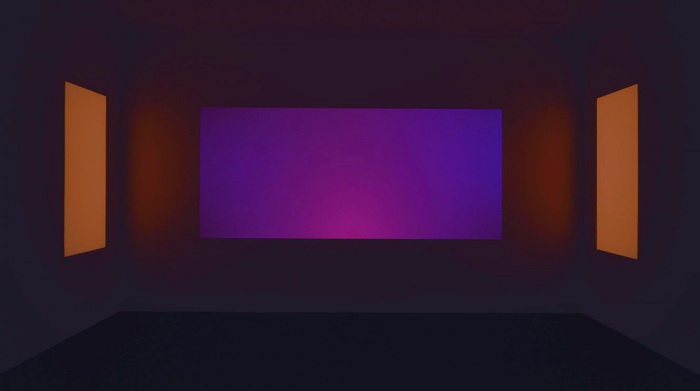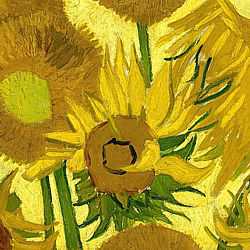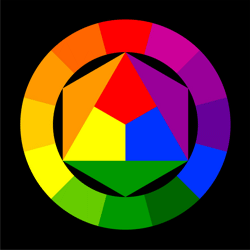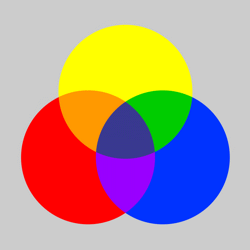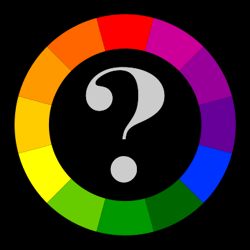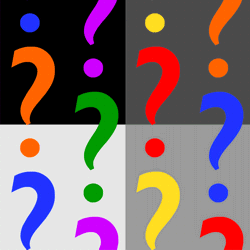Color Theory for Art and Design - Color as Light
This lesson looks at the development of color and light as the subject and medium in art.
Color as Light
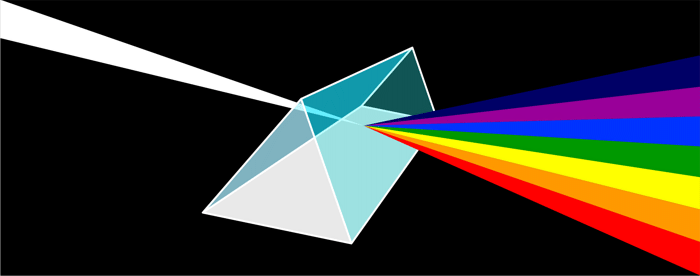
SIR ISAAC NEWTON (1643-1727)
The refraction of light through a glass prism.
Around 1671-72, Sir Isaac Newton discovered the origin of color when he shone a beam of light through an angular prism and split it into the spectrum - the various colors of the rainbow. This simple experiment demonstrated that color comes from light - in fact, that color is light. Scientists investigate the objective properties of color while artists explore its subjective visual effects.

CLAUDE MONET (1840-1926)
'Rouen Cathedral in Full Sunlight', 1893 (oil on canvas)
Impressionism was a modern style of painting that emerged in France at the end of the 19th century. The Impressionist artists were interested in trying to capture the changing effects of light on the landscape by using a more exact analysis of tone and color. Their ideas were inspired by Eugene Chevreul's scientific research into color theory.
The Impressionist artists abandoned the old idea that the shadow of an object was made up from the color of the object with some brown or black added. Instead, they enlivened their canvases with a new idea that the shadow of any color could be mixed from pure hues and broken up with its opposite color. For example, the shadows on a yellow surface could have some strokes of lilac painted into it to increase its vitality.
As the Impressionists had to work quickly to capture the fleeting effects of light, they had to sacrifice some of the traditional qualities of outline and detail. Nevertheless, the freshness of the Impressionist technique instinctively appeals to most people, and most painting since has been profoundly affected by it.
Claude Monet, the greatest exponent of Impressionism, created several series of oil paintings analyzing the effects of light. Our example is from a series of around twenty paintings of Rouen Cathedral (1892-94) which show the building at different times of day, at different times of year and under different weather conditions. Monet explored the effects of light through a series of still images but he was trying to communicate an experience of color that was only observable across a period of time.
Light as an Artistic Medium
By the end of the 20th century, the technology existed that allowed artists to use light as a medium in its own right. James Turrell, an artist from California, uses light to transform an environment with slowly changing colors. In an age where many people stroll round art galleries and tick off paintings without spending much time with them, Turrell's work slows us down to experience its subtle tranquility in a mindful manner.
'St Elmo's Breath' is an installation that begins in a completely dark room. Once seated and attuned to the darkness, the viewer gradually discerns a faint light which imperceptibly intensifies to form large rectangular planes of intangible color. The mechanics of this illusion are hidden to enhance its mystery and what you believe to be planes are actually apertures through which an ephemeral light emanates from an infinite depth of color. In his own way, Turrell uses technology to teach us how to slow down and look at art with a concentration and contemplation that reveals our own richness of vision. Turrell may be a modernist but his concepts are steeped in a tradition that reaches back through the art of Giorgio Morandi to Monet's series paintings to the still lifes of Chardin - a tradition of looking into the light or darkness to find those rewarding notes of subtlety that are never obvious at first glance.

